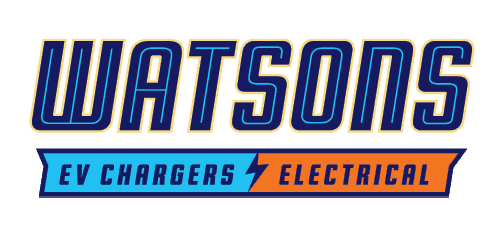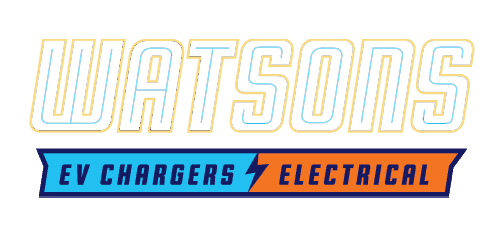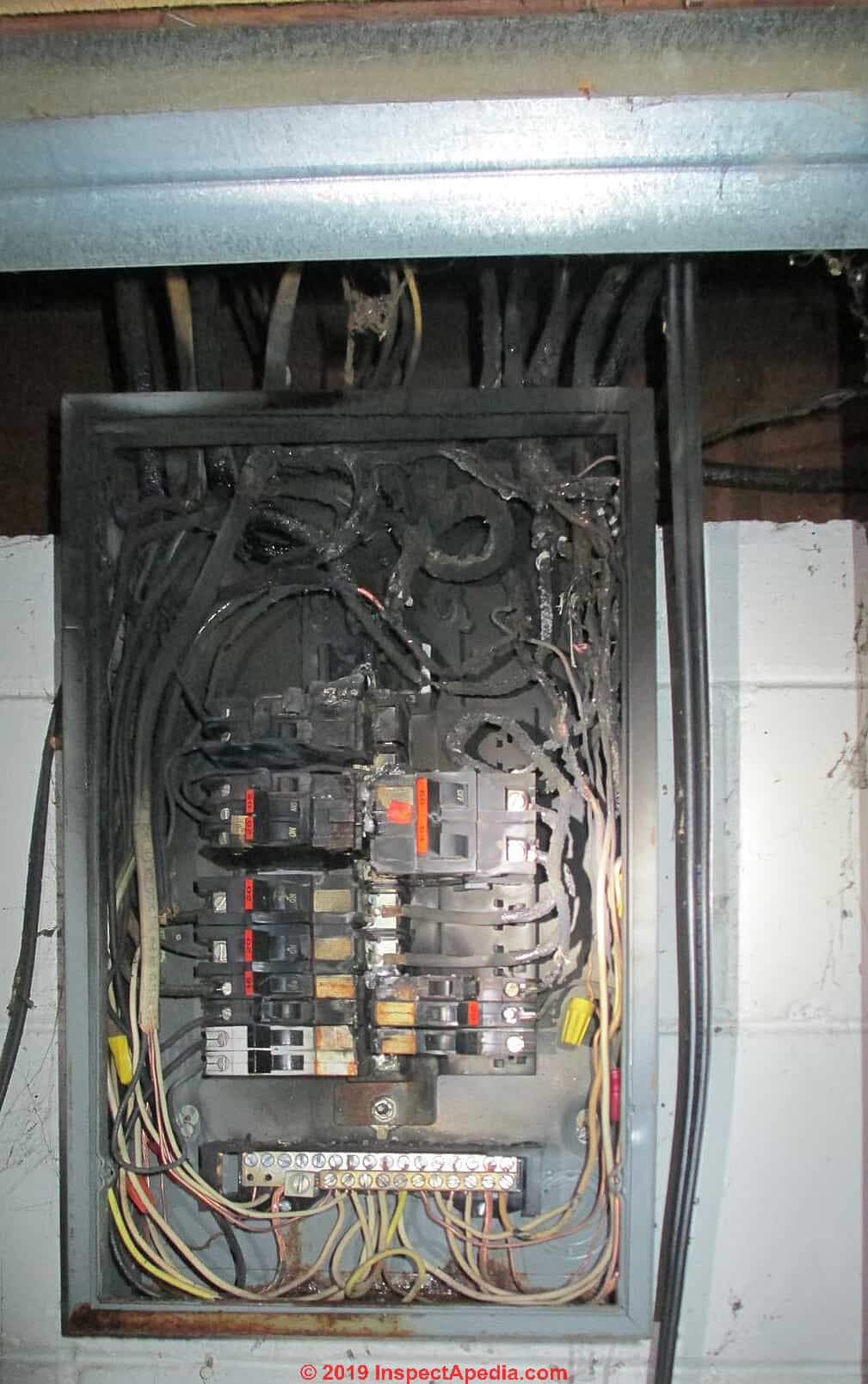Is It Time to Upgrade the Electrical Panels in Your Home?
Contrary to popular belief, your house does not have to be ancient to have outdated and
potentially dangerous electrical systems. Houses built not even two decades ago could have electrical panels that are no longer up to snuff. An outdated electrical panel is not just out of style; like a carpeted bathroom, it can be a huge liability for your home and family.
Luckily, just as you can rip up that old bathroom carpet and install proper flooring, a skilled electrician can update an unsafe electrical system. Read on to learn if your electric panel puts you at risk and if an electrical panel upgrade is in your future.
What Do Electrical Panels Actually Do?
The electric panel in your home goes by many names: breaker box, panelboard, breaker panel, electric service, switchboard, fuse box, and more. From a technical standpoint, electric panels are the point in an electrical system where electricity is fed from the meter and divided into various circuits throughout the home.
In simpler terms, electrical panels are switches that act as a safety batter between the
electricity coming into your house from your utility company and the various parts of your home. Typically, your electric panel is a metal box in your garage, basement, or utility room and on the exterior of your house. In California, all homes have a main electrical panel on the exterior of the house. Inside you will find the appropriate sub panels with all of your home’s breaker switches. Each one of these control different parts of your house. For example, one breaker might control an entire bedroom, while another impacts only the outlet connected to your dishwasher.
If too much current runs through a particular line, the breaker will turn off or “trip.” This
action shuts off power to the lines receiving too much current to prevent the wires from getting too hot and causing a fire or other damage to your home.
4 Types of Electrical Panels That Should Be Replaced Right Away
While your house's electrical panel installation process was most likely completed to code at the time it was built, our understanding of electrical systems has improved, and some systems are no longer deemed safe.
Federal Pacific Electrical Panels
From the 1950s to the 1980s, Federal Pacific breakers were some of the country's most installed and popular electrical panels. If your home was built during this timeframe, check your electrical panel to see if it has the Federal Pacific Panel name or logo on your box's cover. You can also look inside for the name “Stab-Loc,” Federal Pacific breakers brand name. Federal Pacific electrical panels are unsafe because the breakers often fail to trip when there is a short circuit or overload. This failure has resulted in countless fires throughout the country. There are also reports that these breakers do not sufficiently shut off the power when the switch is flipped off, leading to workers being electrocuted.
Zinsco Panels
Throughout the 1970s, Zinsco breakers, also called GTE Sylvania panels, were extremely
popular. While the company is no longer around, plenty of homes still use these electrical
panels. You will know that you have a Zinsco panel from the Zinsco or GTE-Sylvania name on your electric service box. Many GTE-Sylvania panels were re-branded as Zinsco panels, but the same problematic design is still present. The problem with Zinsco breakers is that the circuit breakers tend to melt to the main bar, which keeps a breaker from tripping. That means you have almost no protection from power surges, short circuits, and overloaded circuits.
Split-Bus Panels
Electrical panels today are built with a single metal bus. Electricity enters the panel through the main breaker before going to the bus. The bus then connected power to each individual circuit breaker. Turning off the main breaker shuts off power to the entire system. Split-bus panels use two buses and do not use a single shut-off switch. Instead, there are six breakers marked as “main” breakers. One of the breakers controls power to half of the circuits in the panel; the others connect directly to the first bus.
Does that seem confusing? That is one of the reasons split-bus panels have not been in use for almost 40 years. This design is not necessarily unsafe, but the extra bus and additional shut-off breakers can lead to confusion, resulting in accidents.
The electrical code no longer allows for multiple disconnects, so it would be wise to schedule an electrical panel replacement if your home has a split-bus panel inside. Look in your electrical panel. If your breakers are divided into two groups, and there is no single disconnect breaker, you are using this outdated panel.
Fuse Boxes
Before circuit breakers became the dominant element of electrical panels, fuses protected
wires from being overloaded. When the circuit was in danger, the fuse would burn out and
need to be replaced. A quick look in your electrical panel will reveal if your house still uses a fuse box. Fuses are not inherently unsafe, and many electronics and electrical systems still rely on fuses. The problem is that most fuse boxes cannot handle the demand of the modern home, which puts homeowners at risk. For example, a fuse box typically has fewer circuits, so it is easy for someone to plug in too many electrical devices. When the fuse constantly blows from overuse, the temptation is to replace the fuse with a bigger fuse that requires a more considerable overload before blowing. Sometimes, homeowners will even use a piece of metal to bypass the fuse entirely. In both situations, the fuse box is no longer providing adequate protection.
Do You Have One of These Unsafe Electrical Panels in Your Home?
If you suspect that you have one of these outdated electrical panels, call an electrician to
inspect your system and make recommendations for repair or replacement. An electrical panel replacement is definitely something you want to leave to the pros, as it has to be done up to current legal codes.
If you live in Gilroy, CA, or the surrounding Santa Clara County area, contact Watson’s
Charging Stations & Electric. Our certified and licensed team will give you an honest evaluation of your project and provide top-notch service for all of your electrical needs.


